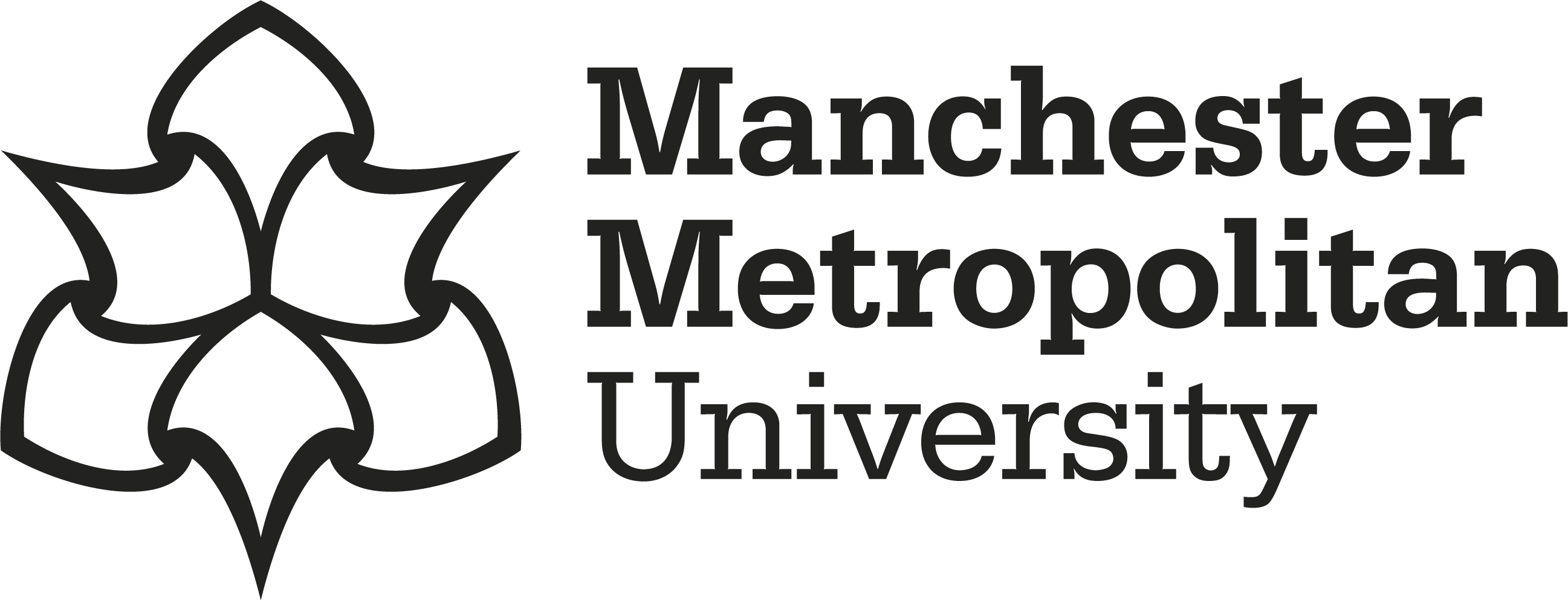Babaier, R 


|
Published Version
Available under License Creative Commons Attribution Non-commercial No Derivatives. Download (1MB) | Preview |
Abstract
Introduction and aims: This study aimed to investigate the efficacy of 3 bleaching methods on stained polymer-based CAD/CAM blocks in terms of surface roughness, hardness stability, discolouration reduction and susceptibility to re-staining following bleaching. Methods: Two-mm-thick slabs (N = 128) were prepared from CeraSmart (CS), Grandio Blocs (GB), Vita Enamic (VE), and direct resin composite GrandioSO (RC). Coffee-stained specimens (n = 8) were subdivided into bleaching (BL) groups: in-office bleaching (OB), home bleaching (HB), whitening mouthwash (MW), and a control group with 14-day storage in water (CL). Measurements of roughness (Ra), Vickers hardness (HV), and colour parameters (ΔE00, ΔL*, Δb*) were taken before and after BL. Then, all the bleached specimens were re-stained to determine their stain susceptibility. Repeated measures of ANOVA, Pearson's χ2 test, and multiple post hoc tests were performed (α = 0.05). Results: HB was more effective in whitening in terms of achieving minimal residual colour (-0.87 to 0.7) and greater resistance to re-staining (0.41 to 0.89). MW resulted in an increased lightness (ΔL*) of all materials (1.96 - 2.30). However, MW increased the roughness of VE (0.8 µm) and RC (0.4 µm), compared to their baseline measurements (0.057 µm and 0.087 µm, respectively, p = 0.003). All the BL treatments resulted in a greater hardness reduction (14.4% to 18.1%) in the RC than in the other materials. Conclusion: The investigated polymer-based materials and modes of bleaching treatment influenced the bleaching efficacy. For CAD/CAM blocks, in-office bleaching and whitening mouthwash reduced the discolouration but adversely affected their roughness and hardness compared to home bleaching. Home bleaching proved to be the least susceptible to re-staining. Clinical relevance: Knowing how a specific bleaching product affects the colour, roughness and hardness and consequent susceptibility to staining of 4 studied polymer-based materials that represent pre-existing restorations would impact the consideration of bleaching treatment.
Impact and Reach
Statistics
Additional statistics for this dataset are available via IRStats2.


